You can use this high-end multi-range ADC:

simulate this circuit – Schematic created using CircuitLab
The one on the left is the cheap version, the one on the right is the "luxury" version, so I wil go with that.
- Set the output to logic 1. This charges the capacitor.
- Acquire voltage. This gives an accurate measurement if FSR resistance is low and inaccurate measurement if FSR has high resistance.
- Set the output pin to high-Z
- Acquire the voltage every 5µs, then after the first few acquisitions, you can go slower, like powers of two, 5,10,20 µs etc
- Stop when the voltage is close to VCC/2
Let's say the ADC reading was A=1.000 at the beginning, and it is A=0.470 after 4 ms...
\$ A = e^{-t/RC} \$
\$ R = - \frac{t}{C ln A} = 53000 \Omega\$
Accuracy depends on microcontroller clock (good thing a quartz oscillator costs peanuts and you already have one anyway) and the RC discharge kinda acts like a magnifier, allowing to accurately measure high resistor values.
The cap should be good quality, like C0G.
There are many similar cheap tricks to use a microcontroller ADC. For example you can expand this by using an AC voltage on your resistor (just output a square wave on a pin), then filter this with a lowpass filter (ie, a cap) and by varying the frequency, you can vary the strength of the signal to be measured. Amplify it with an opamp, which can be fixed gain and won't clip since you control signal amplitude, then acquire. This also gets rid of DC offsets and other annoyances.
There's also this one:

simulate this circuit
Set the desired pin to output logic 1 and the others to high-Z, and you can choose the upper resistor in your divider, giving you several ranges. Mind the output resistance of the pin, which won't be lower than 30 ohms and is temperature-dependent, though. But if you calibrate your sensor with known weights, that'll take care of it.



